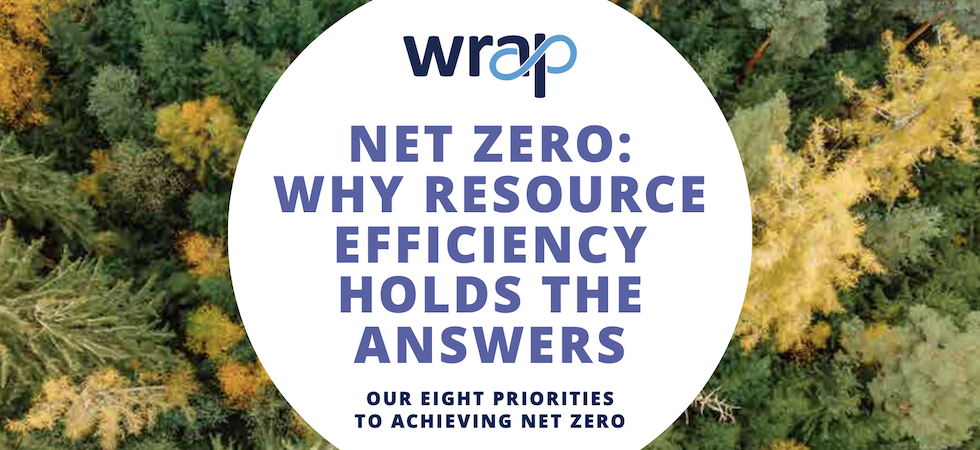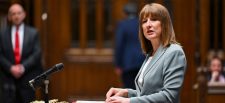SPECIAL FEATURE – Environment:
Cutting down waste and greenhouse gas emissions have been key goals for food businesses, and so a new report published by WRAP, which found that the UK could cut CO2e emissions by 100 million tonnes in ten years by using resources more efficiently, may be of interest.
With much of the debate ahead of the COP26 focused on the energy agenda and how to decarbonise energy supply and reduce demand, the authors of a new report Net Zero: why resource efficiency holds the answers warn that focusing exclusively on energy is only half of the solution to tackling climate change associated with carbon emissions.
Quick wins in resource efficiency could help the UK cut its annual emissions by around two billion tonnes of CO2e, between now and 2050. Improving resource efficiency in goods and services is crucial to tackling climate change, say the report authors, but simple resource efficiency strategies that drive forward action without costly interventions or new technology are being overlooked in work toward net zero.
“The race to meet net zero and halt climate change becomes more urgent with every passing day, and with COP26 on the horizon the pressure is on to deliver realistic strategies.”
The report was produced by environmental charity WRAP in partnership with researchers from The Centre for Research into Energy Demand Solutions (CREDS), based at Leeds University. It points out that, between now and 2050, using natural resources more sustainably and extending the useful lifetime of products – and preventing loss or waste – could reduce the greenhouse gas emissions incurred by UK consumption by two billion tonnes of carbon dioxide equivalent. That is the equivalent to eliminating the combined annual territorial greenhouse gas emissions of the UK, France, Italy, Poland, the Netherlands, Belgium, and Austria.
From reducing food loss and waste to moving to more resource efficient business models, and using more recycled materials in manufacturing, the eight strategies put forward are based on real-world projects that have been proven to work. One of the benefits of the strategies is that they can be implemented easily, and straight away. And with the impacts of climate change relating to cumulative emissions over time, the authors are keen to show how their recommendations – which cut carbon today – should be prioritised over those that do not deliver results for years.
Marcus Gover, WRAP CEO: “The race to meet net zero and halt climate change becomes more urgent with every passing day, and with COP26 on the horizon the pressure is on to deliver realistic strategies. We have a perfect storm brewing with a growing global population consuming more products and putting more pressure on nature and limiting our ability to cut emissions. Our report shows how and why resource efficiency will help meet net zero. Changing how we use materials and energy today will create a healthier, safer planet for tomorrow and the strategies in Net Zero are simple and easily actionable steps on the journey to net zero. Through it, we offer a clear and practical roadmap to deliver huge reductions in carbon emissions.”
Professor John Barrett, chair in Energy and Climate Policy, University of Leeds: “Putting ‘the economy’ in one corner and ‘the climate crisis’ in another is never going to work. Delivering a high quality of life for all is possible while reducing the throughput of high carbon intensive products. Our analysis shows the options available to ensure that we get the maximum social benefit from our resource use and how this will make a significant contribution to reducing our Greenhouse Gas Emissions in many of the “hard to mitigate” sectors.”









